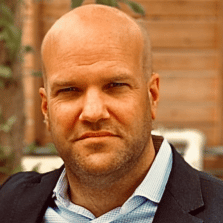
Porn Addiction

On This Page
- Signs Of Porn Addiction
- Causes Of Pornography Addiction
- The Effects Of Porn Addiction
- Finding The Root Cause Of Porn Addiction
- Porn Addiction Treatment
- Porn Addiction Therapy
- Treatment For Porn Addiction Co-Occurring Issues
- How To Make Your Porn Addiction Treatment More Effective
- Get Help For Porn Addiction
Seeking treatment? Questions?
Get 24/7 confidential help now:
Or Receive A Call:
Last Medically Reviewed 15 November 2022
Porn Addiction:
Signs, Causes, and Treatment
Porn addiction is a behavioral addiction where a person becomes so emotionally dependent on pornography that it gets in the way of their daily life, relationships, and ability to function.
Compulsive sexual behaviors associated with pornography addiction can have profound effects on your mental health, productivity, and finances. Guilt and shame often accompany these behaviors, which can make it difficult to maintain intimate relationships. Consequently, pornography addiction is often implicated in the breakups of marriages and other close relationships.
People can become addicted to pornography in the same way that they become addicted to drugs. For some, it becomes a coping mechanism for emotional pain. Pornography eventually replaces important relationships and commitments.
Signs of
Porn Addiction
Some indications that pornography may be causing a problem include the following:
- A person’s sex life may plateau or become less exciting over time
- pornography negatively affects one’s relationship or makes someone feel less satisfied with their partner
- A person risks their job by viewing pornography at work
Some signs that a person may be developing a porn addiction include:
- They neglect their other duties to go on the dark web
- They view more and more extreme pornography content to get the same release
- Though they may feel frustrated or ashamed after visiting porn, people continue to explore it.
- They want to cease watching pornography, but they are unable
- They often spend more money on pornography than they do on essentials, possibly to their own detriment.
- Many people access pornography when experiencing negative mental issues like depression, anxiety, or insomnia.
Causes of
Pornography Addiction
Because of how much debate there is surrounding addiction to porn, researchers have not been able to pinpoint a set list of causes. Research suggests that it is the belief of being addicted to porn is also largely responsible for associated distress. Therefore, the very idea that there is such a thing as porn and sex addiction may be responsible for much of the anxiety some people experience when viewing porn.
Meanwhile, experts and advocates who believe the existence of pornography addiction argue that, like other behavioral addictions, this is a complicated issue with a wide range of possible causes. Some potential causes include the following:
- Underlying mental health conditions: pornography can provide an escape for people who are suffering from psychological problems.
- Relationship problems: Pornography provides an escape for people who are unhappy in their relationships
- Unhealthy cultural norms: Some people may be drawn to pornography because of preset notions about how sex and interacting during sex should look or feel.
- Biological causes: Current research points to certain biological factors, like chemical changes in the brain while viewing porn, that may increase a person’s likelihood of developing an addiction.
The Effects of
Porn Addiction
Compulsive porn use often comes with a sense of shame, and this feeling can prevent people from looking for help to recover. Many addicts are afraid to tell anyone about their problem and keep it hidden. Others avoid talking to partners who already know because they’re scared it will make things worse. Searching the internet for help with an addiction that stemmed from the internet may seem counter-intuitive, but many find the privacy of seeking assistance this way to be comforting.
Despite debates about whether pornography addiction is a psychological disorder, many resources categorize porn addiction with other behavioral addictions. Popular porn addiction treatment methods include types of therapy that are effective in treating a wide range of behavioral health conditions.
The damage that pornography addiction can do to a couple’s relationship is significant. Many individuals suffering from this form of sexual addiction feel embarrassed by their constant porn use and often lie to their partner about watching it and/or lie about their whereabouts or activities in order to be able to continue watching it. Additionally, many porn addicts have low sex drives as they excessively use adult content on the internet to the point that participation in intercourse with their partner is low.
Many individuals that perceive their partner’s porn use as problematic experience diminishing self-esteem, relationship quality, and sexual satisfaction. Porn addicts understand that their compulsive use of pornography damages their relationship and hurts their partner. However, they simply can’t stop.
Excessive use of pornography can damage not only relationships but other aspects of one’s life as well. For example, psychologists have reported patients losing their jobs because they’re unable to control themselves from visiting adult websites at work. In fact, researchers found that 25% of working adults admitted to looking at pornography on a computer while at work. If left untreated, porn addiction can lead to broken relationships, loss of self-esteem issues, guilt feelings, problems with studying or schoolwork, and financial troubles.
Finding the Root Cause
of Porn Addiction
Our porn addiction treatment center is committed to helping you heal from your past internet addiction. We’ll begin with a comprehensive evaluation of your physical and mental health. From there, we’ll create a tailored treatment plan using the most effective therapies for your needs.
Many people who are addicted to the deep web suffer from other psychological issues, such as depression or anxiety. They might also have low self-esteem or early life trauma. Over time, sexual imagery becomes a way to dissociate from uncomfortable feelings. Viewing pornographic material becomes their default response for dealing with stressors in their life. Sex addiction treatment addresses the compulsive behaviors surrounding this addiction and looks at what underlying issues fuel it.
Treatment includes:
- There are many factors that can contribute to an intimacy disorder, such as deep-rooted attachment issues, enmeshment, neglect, or trauma. These often begin in early childhood
- Delving into the fear of vulnerability that may have kept you from being present in intimate relationships
- Examining how past pain has caused you to self-protect by withdrawing into the fictional scene of porn
- Admitting problems in current relationships
- Addressing the ways addiction has affected your life at home and work
- Learning to tell the difference between relationships based in reality and those that only exist online.
Porn Addiction
Treatment
Porn’s accessibility, affordability, and anonymity, also known as the triple-A impact, make it difficult for researchers to treat. As soon as someone becomes addicted to pornography, they may not realize there is a problem for years down the road. That being said, there are still several ways that behavioral disorders can be treated. A few treatment modalities used in porn addiction treatment are listed below.
Porn Addiction
Therapy
Psychotherapy is a great way to analyze the root cause of why someone might be addicted to porn and can help patients explore their relationship with porn. There are many types of psychotherapy approaches for treating porn addiction, such as individual, group, and family counseling. With professional assistance, individuals can learn how to identify past experiences or unmet needs that led them to develop maladaptive behaviors.
Over time, both patient and counselor can work together to develop strategies for managing and overcoming pornography addictions. Additionally, psychotherapy is known to be effective in treating two disorders at once, a condition commonly referred to as co-occurring disorders. For example, substance abuse coupled with depression.
Cognitive Behavioral Therapy
Cognitive Behavioral Therapy (CBT) is an effective intervention for a wide range of mental health disorders. It targets symptoms that are causing distress and gives people practical methods to use outside of therapy. CBT has been shown to be effective in treating personality, anxiety, mood, eating, and substance use disorders. There is also evidence to support using CBT to treat porn addiction.
The goal of cognitive behavioral therapy is to help people understand how their thoughts, emotions, and behaviors are linked. When treating disorders characterized by impulsivity or compulsions, CBT commonly hones in on identifying the thoughts or triggers in one’s environment that precede the targeted behavior. The belief underpinning CBT is that it is easier to manage disruptive actions if we first attend to the recurrent negative thought patterns that give rise to them. By changing our perspective on these harmful cognitions, we can change how we feel and behave overall.
Some CBT approaches involve challenging negative thoughts about sexuality to help work through pornography addiction. Other CBT strategies are behavioral, such as having a person go to a safe place where they are less likely to engage in compulsive sexual behaviors at times they feel most tempted. A therapist who practices CBT may help people who are addicted to pornography develop alternative positive coping strategies for triggers that previously drove them to engage in addictive behavior on the deep web.
Psychodynamic Therapy
Psychodynamic therapy is a type of traditional therapy that focuses on drives and hidden motivations for behavior. There are many different kinds of psychodynamic therapy, but nearly all of them focus on exploring early childhood experiences that shape adult behavior.
According to research, psychodynamic therapy can be useful in treating conditions that have their origins in trauma. If a person’s mental health condition was created by experiences during childhood, gaining an understanding of powerful events from their early life can help them realize why they feel a certain way. This knowledge then gives them the power to start releasing negative feelings.
Some pornography users have disorders that originate from negative experiences in the past related to their sexuality, which then leads them to engage in harmful sexual fantasies. Connecting these feelings of shame, guilt, or anxiety to people who are no longer authority figures can help an individual question the underlying beliefs causing those emotions. This process eventually eliminates shame and its power over a person’s behavior.
Dialectical Behavior Therapy
Dialectical Behavior Therapy (DBT), which was originally built to treat borderline personality disorder, is another form of CBT that can be used for treating porn addiction. DBT has been proven successful in treating several other disorders as well, including trauma-related and substance-use disorders.
Dialectical behavior therapy (DBT) is a cognitive and mindfulness-based approach that helps people improve their emotional regulation, interpersonal skills, and distress tolerance. Similar to Acceptance and Commitment Therapy (ACT), DBT assists people in learning how to identify and accept distressing thoughts and emotions without reacting to them. Grounding exercises and relaxation techniques help promote a “wise mind,” or the ability to remain aware of internal reactions sans judgment.
DBT is successful in treating conditions that create shame due to its aspects of “radical acceptance” and teaching how to maintain a non-judgmental attitude. This allows people who participate in DBT to reframe negative internal narratives with positive ones, leading to fewer feelings of embarrassment or self-loathing.
Some people start to use porn to cope with feelings of shame around their sexuality. But by examining and releasing these feelings, they can be liberated from the destructive forces that drive their compulsive porn use.
Couples Counseling
Depending on the level of usage, pornography addiction can have harmful effects on how an individual relates to their intimate partner. For example, one or both partners may notice a decrease in sexual interest, responsiveness, or even a complete loss of desire. In addition, users may develop attitudes about sex that are hurtful or offensive to their partner.
Because of these reasons, many couples find that counseling is the best way to deal with addiction to pornography. Many counselors use approaches from a family therapy, like structural therapy. Structural therapy focuses on finding and addressing the unspoken rules and dynamics that cause problems in families and couples. Case studies show that this approach can be very helpful for couples dealing with addiction to porn content.
Treatment for Porn Addiction
Co-Occurring Issues
It’s not uncommon for behavioral or substance addictions to go hand-in-hand with a mental health disorder. Sometimes one condition leads to the development of another, and sometimes multiple conditions can come from a single event, like a traumatic experience or lengthy period of stress.
Unlike conditions that are mainly attributed to genetics or biochemistry, such as schizophrenia and bipolar disorder, anxiety and depression can simply be caused by changes in thinking processes. In other words, stressful or negative circumstances might not make people bipolar or schizophrenic, but they could make them anxious or depressed. When people don’t already have one of these conditions, the stress from porn addiction can lead to developing anxiety or depressive disorder.
Although extremely common, many people never receive a diagnosis or treatment for anxiety and depression. If left untreated, comorbid mental health conditions can increase the likelihood of several negative outcomes; these include medical problems, legal issues, financial instability, and interpersonal conflict. People with more than one condition also have an increased chance of being hospitalized or committing suicide.
Luckily, research has found that those who receive treatment for multiple conditions at the same time generally have better outcomes. At Psyclarity Health, we’ve created specialized programs where individuals struggling with mental health and addiction can seek help for both simultaneously rather than separately, as was done in older models.
People with porn addiction and any additional disorders may work on developing strategies to prevent relapse while receiving therapy or medication to treat an underlying mental health condition. Addressing symptoms of anxiety and depression can make it easier for people from triggered psychological conditions to resume porn use.
How to Make Your Porn Addiction Treatment More Effective
Behavior Modification
Behavior modification therapy helps patients get rid of unhealthy behaviors and replace them with positive ones. It is a type of psychotherapy that uses operant conditioning, which means linking desired behavior with rewards or consequences. Studies show that this form of treatment can be very effective in the long run and help patients achieve their goals in therapy. With time and commitment, people can learn to control their urge to watch deep web content obsessively.
Lifestyle Changes
Life changes aren’t only essential in the management of your addiction to pornography. This can look like lessening your access to addictive material as well as working on other areas of your life that might contribute to why you become addicted in the first place.
There are many things that can lead someone to addicted behaviors when it comes to pornography. Some include stress, negative emotions, and boredom. If you’re prone to substance use and intoxication, or you’re easily able to access porn regularly, these also become triggers, which then increase the likelihood of addiction relapse. However, by working with a professional therapist, they will help guide and support you in understanding what your specific triggers may be, as well as aid you change different aspects of life in order to keep the addiction under control long term.
Support Groups
Support groups can be an excellent resource for people with porn addiction or similar conditions. During peer meetings, individuals with the same goal of recovery share their insights, experiences, and encouragement. Group members support each other by providing nonprofessional assistance. Through a community effort, everyone can achieve long-term recovery from their disorders. Studies show that peer support services significantly improve participants’ self-efficacy, personal views, and feelings about themselves.
Get Help for
Porn Addiction
Pornography addiction can be a complex condition to manage on your own. The good news is that you don’t have to. Effective therapy and continued support can help you overcome porn addiction and any underlying conditions. Get help for pornography addiction at a Psyclarity Health center near you. Contact us to learn more about how we can help you.
MAKE THE CALL
Don’t go through the process of recovery alone.
There are people who can help you with the struggle you’re facing. Get in touch with one today.
Call Now: 855-924-5350
GET THE CALL
Enter your phone number below to request a call from a treatment professional.







